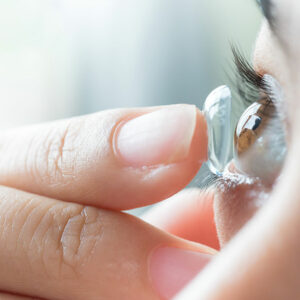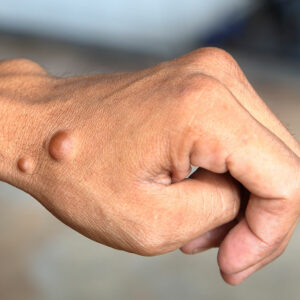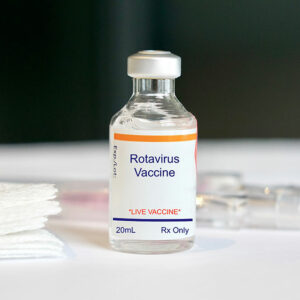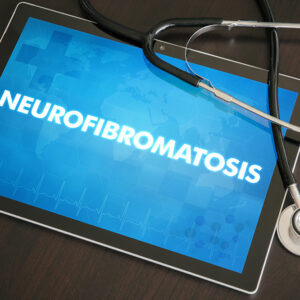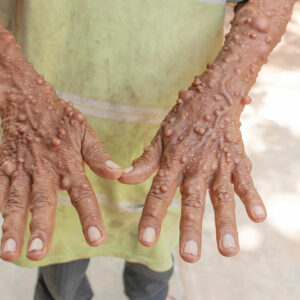
01
Risk factors of meningitis B and ways to prevent them
Meningitis is an infection caused by bacteria that affects the membranes surrounding the brain and spinal cord. It can be caused by a number of different bacteria and may show symptoms like high fever, seizures, and headaches. Certain factors can increase one’s risk of developing this condition. Understanding these factors can help one protect themselves from contracting the disease. Let’s take a look at the risk factors prevention methods of meningitis B. Risk factors of meningitis B These factors can increase a person’s risk of developing the condition. Age Children under the age of 20 are more susceptible to contracting meningitis B. People who have not been vaccinated in their childhood could also pose a greater risk of the disease. Pregnancy Pregnant women are at a greater risk of developing an infection called listeriosis. This infection may also lead to the contraction of meningitis B. Listeriosis also increases the risk of miscarriage and stillbirth. A weak immune system People with a compromised immune system due to chronic diseases such as AIDS, diabetes, and heart disease and those without a spleen are easily affected by the bacteria. Living in a community People who live in small shared spaces like dormitories, military bases, and child care centers are at a greater risk of developing the condition. This is because the bacteria is spread through the respiratory system and transmissions are easier through bigger groups of people. Prevention of meningitis B Here are some ways in which one can prevent the contraction of meningitis B. Practicing good hygiene Wearing a mark when sick, bathing daily, and keeping your surroundings clean can help prevent the spread of the disease. One must also thoroughly wash hands before and after meals. Maintaining good health Eating healthy meals that include green vegetables, fresh fruit, lean meat, drinking plenty of clean water, and exercising regularly are different ways to strengthen their immune system.
Read More 
